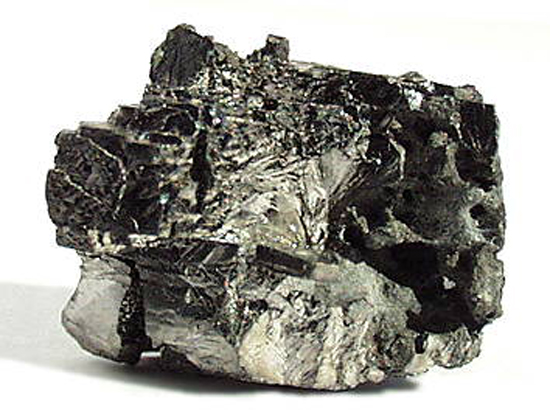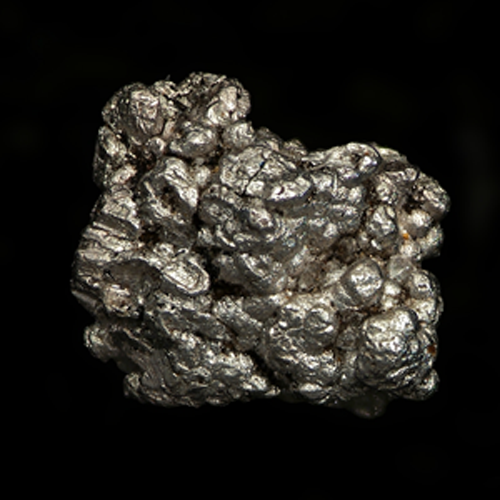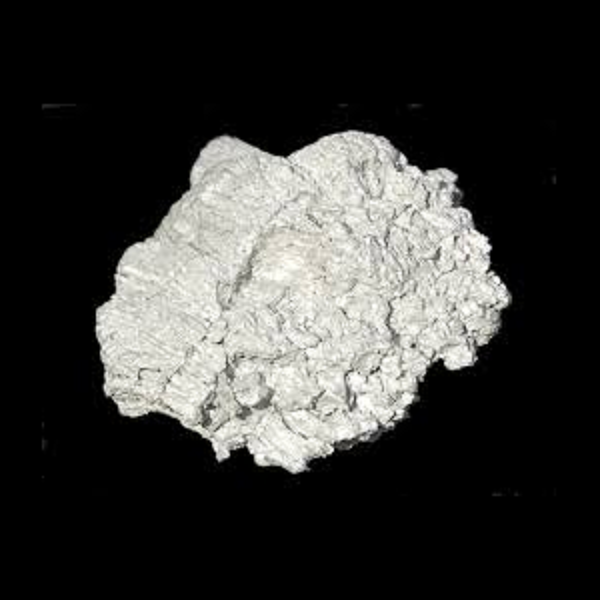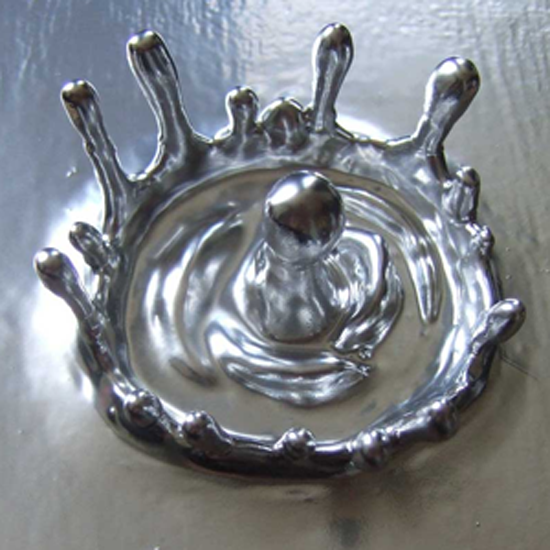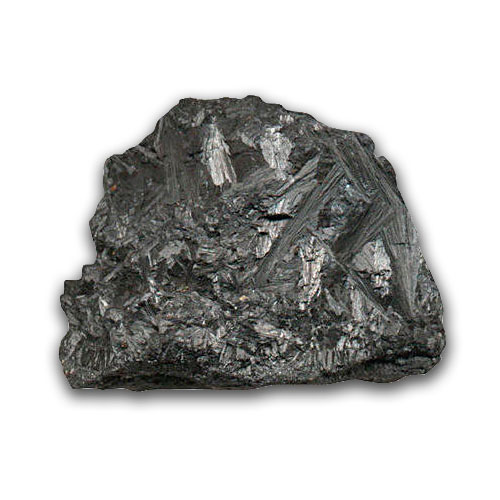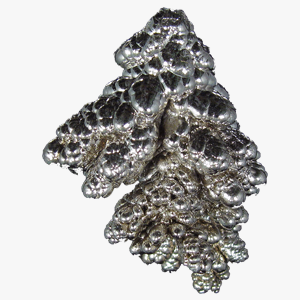Aluminum Mining
ALUMINUM :
Aluminum is the most abundant metallic element in the Earth's crust. Due to its strong affinity for oxygen, aluminum does not occur naturally in its pure elemental state; instead, it is found in compounds such as oxides and silicates. To produce pure aluminum, a reduction reaction must take place.
Aluminum is notable for its low density and its ability to resist corrosion due to passivation. Structural components made from aluminum and its alloys are vital to the aerospace industry and are important in other areas of transportation and construction. The most useful compounds of aluminum, at least by weight, are the oxides and sulfates.
Despite its presence in the environment, aluminum salts are not known to be utilized by any form of life. However, it is well tolerated by plants and animals. Due to its prevalence, the potential biological roles of aluminum compounds, both beneficial and harmful, remain a subject of ongoing interest.
ALUMINUM PROCESS :
In most smelting processes, the ore is directly reduced to metal and carbon dioxide by carbon. The process of extracting metal from its oxide is generally referred to as smelting. Below are outlined some of the subsequent steps involved
Aluminum is the most abundant metallic element in the Earth's crust.
1. The aluminum, shaped by the electrolytic reduction of alumina, dissolves in an electrolyte (bath) mainly containing cryolite (Na3AlF6). It sinks to the bottom of the cell from where it is collected and sent to a melting or holding furnace used to contain the hot metal and maintain the desired temperature for casting. 2 Al2O3 (dissolved) + 3C(s) ------> 4Al (l) +3CO2 (g)
2. The molten aluminum is then mixed with desired alloys to obtain specific traits and cast into ingots for conveyance to fabricating shops.
3. In the fabrication shops, the molten aluminum or aluminum alloys are remelted and poured into molds, then cooled.
4.The molten aluminum may be additionally heated to remove oxides, impurities, and other active metals such as sodium and magnesium before casting.
5.Chlorine may also be bubbled through the aluminum to further remove impurities.
Aluminum is theoretically 100% ecological, retaining all its natural qualities without any loss. According to the International Resource Panel's Metal Stocks in Society report, the global per capita stock of aluminum in use is 80kg, with a significant portion found in more developed countries compared to less developed ones. Understanding per capita stocks and their expected lifespans is crucial for recycling planning.
Recycling has become a significant aspect of the aluminum industry. Initially a low-profile activity, recycling gained public attention in the late 1960s with the increased use of aluminum beverage cans.
The recycling process involves melting the scrap, requiring only 5% of the energy used to create aluminum from ore, although a notable portion is lost as dross. However, this dross can undergo further processing to extract aluminum.
MINING AND PROCESSING :
Aluminum is extracted from bauxite-rich mining areas since its production relies entirely on bauxite extraction. It is not found in its free form and is the most abundant metallic element in the Earth's crust. Bauxite, containing 20-25 percent aluminum, is the sole ore from which the metal is commercially extracted. Surface mining, specifically open-pit mining, is employed due to the shallow depth at which bauxite is typically found. The soil layers in these areas contain various minerals, iron oxides, and titanium dioxide, imparting a deep red color to bauxite due to its iron content.
The mined bauxite is broken down into small pieces, loaded onto trucks, railroad cars, or conveyors, and transported to crushing and washing plants. From there, it is shipped to alumina refineries, often located near bauxite mines. Unlike other metal ores, bauxite does not require complex processing. Beneficiating the ore can reduce the amount of material that needs refining, simplifying the process and simultaneously removing impurities.
HOW IS ALUMINUM OBTAINED?
Aluminum is essentially obtained using a technique called the Bayer process, developed by Karl Joseph Bayer, an Austrian chemist, in 1888. Since bauxite is an aluminum ore, aluminum is produced by separating aluminum oxide from the iron oxide present in bauxite.
This process involves mixing bauxite with caustic soda or sodium hydroxide and then heating it under pressure. During this process, the sodium hydroxide dissolves into aluminum oxide, forming sodium aluminate, while the iron oxide remains solid and is separated by filtration. In the next step, aluminum hydroxide is introduced to the liquid sodium aluminate, causing aluminum oxide to precipitate or solidify. These crystals are then washed and heated to produce pure aluminum oxide, a fine white powder known as alumina. Alumina, being a hard substance, finds various uses such as in water purification, ceramics, and other building materials, but its primary use lies in extracting pure aluminum. This pure aluminum is obtained through an electrolysis process where alumina is dissolved in molten cryolite.
EXTRACTING AND REFINING:
A two-step process is undertaken for aluminum production, which includes refining bauxite to obtain alumina while removing impurities, and then smelting alumina to produce aluminum. All forms of aluminum are derived from alumina, obtained through the Bayer process and then processed via the Hall-Héroult electrolytic process. Purified alumina typically contains 0.5 to 1 percent water, 0.3 to 0.5 percent soda, and less than 0.1 percent other oxides.
REFINING THROUGH ELECTROLYSIS :
Electrolysis is employed to extract aluminum from aluminum oxide (alumina). This process utilizes a steel vessel coated with graphite. Since alumina has a high melting point, cryolite and fluorspar are added to reduce it. The mixture is then placed into an electrolytic cell consisting of iron lined with a carbon layer, serving as the cathode. Numerous carbon rods are immersed in the mixture, acting as the anode.
As an electric current passes through the electrolytic cell, the mixture melts, and molten aluminum metal is produced at the cathode. Simultaneously, oxygen is liberated at the anode, reacting with the carbon rods to form carbon dioxide. The molten aluminum metal, resulting from the separation of aluminum ions from alumina, settles at the bottom of the vessel due to its higher density than cryolite. It is then collected and cooled to solidify into its solid form.
Electrolytic Reduction Of Aluminum Oxide (Alumina)
Al2O3 ------------------------> 2Al+3 + 3O-2
Aluminum oxide Aluminum ion Oxide ion
At Cathode:-
+3e
Al+3 -----------------------------> Al
Aluminum ion Aluminum Metal
At Anode:-
2e
O-2 ----------------------------> O
O + O ----------------------> O2
C(s) + O2(g) --------------------------> CO2(g)
Carbon Oxygen Carbon dioxide
TOP ALUMINUM PRODUCING COUNTRIES :
ANNUAL ALUMINUM USAGE:
ALUMINUM PRODUCTION IN THE WORLD :
(thousands of tonnes) |
||
Related Mining










